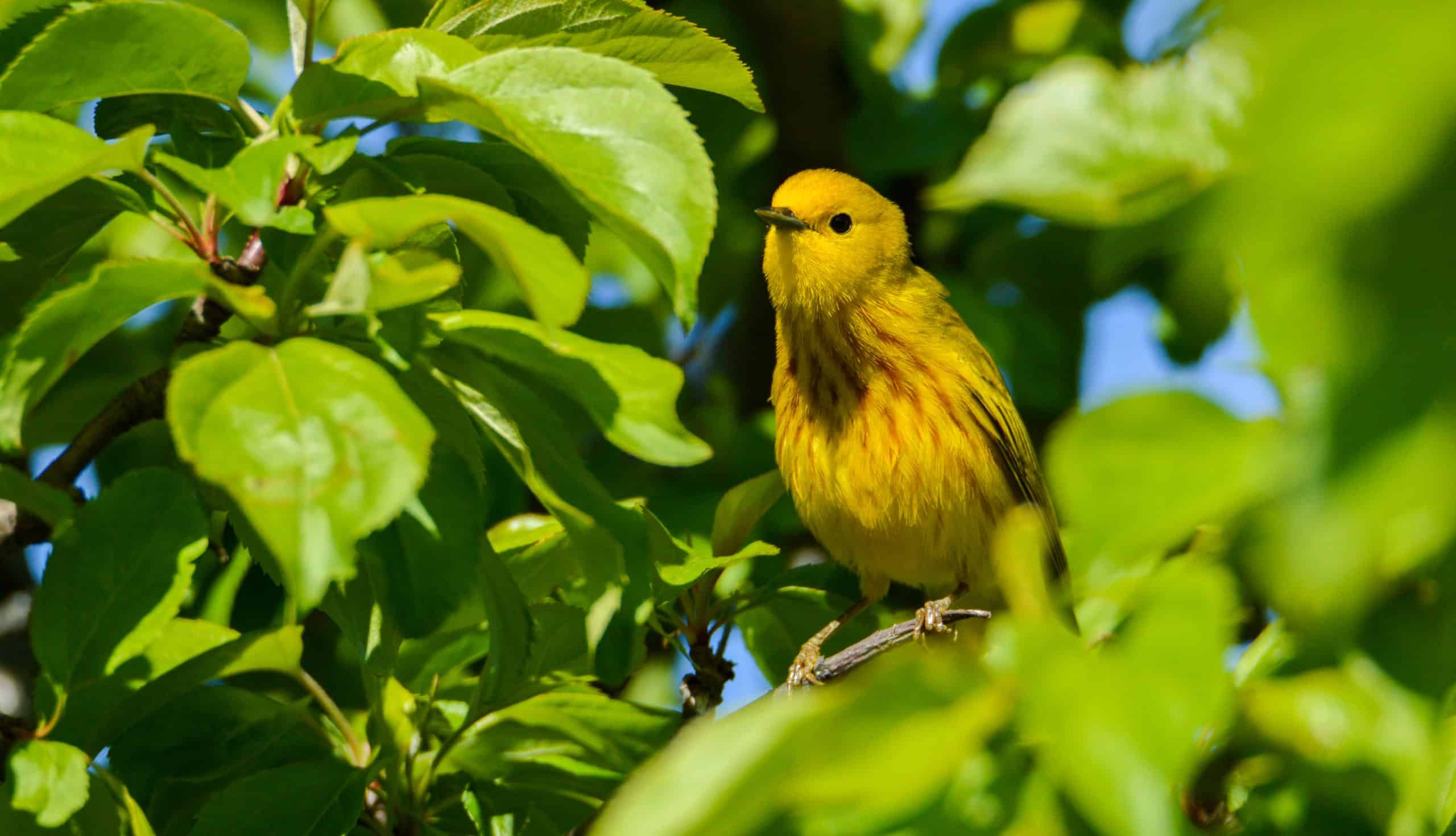What specific flora and fauna can you expect to see in the New Forest during spring?

When you think of British wildlife, the New Forest may not be the first place that comes to mind. However, this national park in Hampshire, England, offers a unique and diverse ecosystem. It's a place teeming with a wide variety of species, from plants and trees to birds and mammals. With the arrival of spring, the forest comes alive with new life and vibrant colours, creating a bucolic setting that will enchant nature lovers. Let's explore in depth what you can expect to see in the New Forest during this enchanting season.
Discovering the Forest's Botanical Treasures in Spring
The New Forest is home to a remarkable diversity of plant species. When spring arrives, the woods turn into a botanical paradise, with a symphony of colours erupting from the ground and the branches of the trees. The forest's flora is characterised by a mix of deciduous trees and a riotous undergrowth of flowering plants.
En parallèle : Which locations in the UK are best for learning about Roman history?
Among the trees, you'll notice the arrival of fresh, green leaves on the mighty oaks, beeches and ashes - the deciduous giants of the woodland. Look closer, and you'll spot the delicate blossoms of the wild cherry trees, one of the forest's earliest bloomers.
The forest floor also comes alive with a carpet of flowers. Bluebells are perhaps the most iconic, their blue-violet blooms creating a magical atmosphere under the trees. Alongside them, you'll find the yellow stars of lesser celandine, wood anemones with their white and pink petals, and the delicate purple blooms of early purple orchids.
A lire en complément : How can you find eco-friendly lodging in the Peak District?
The Rich Avian Life that Springs Forth
Birdwatchers are in for a treat as spring brings an influx of avian life to the New Forest. The area is essential for birds as it provides them with abundant food sources, nesting sites, and migratory stopovers.
The woods echo with the songs of resident birds like the robin, blue tit and great tit, all active in establishing territories and attracting mates. You'll also spot the melodious blackcap, which returns from its wintering grounds in Africa.
One of the highlights of the New Forest's birdlife is the Dartford warbler. This small, elusive bird with its distinctive red eyes and underparts can be spotted darting between gorse and heather.
The forest is also a haven for birds of prey. Keep your eyes peeled for the majestic buzzard soaring above the woodland or the sparrowhawk darting through the trees in search of prey.
The Prolific Mammal Species in the New Forest
Roaming the open heathlands and verdant woods of the New Forest, you will encounter a diverse array of mammal species.
One of the most iconic are the New Forest ponies. These hardy creatures have roamed the area for about 2,000 years and are an integral part of the forest ecosystem. With the arrival of spring, you may be lucky to see foals taking their first steps in the world.
Deer are another common sight in the New Forest. The park is home to several species, including the roe deer, fallow deer, and the diminutive muntjac. During spring, when the new vegetation bursts forth, it can be a feast for these herbivores.
Smaller mammals also thrive in the New Forest. The European rabbit, a common sight, is very active in spring as it breeds and raises its young. The woods and hedgerows are home to the agile squirrel, industriously gathering food.
An Amphibian and Reptile Haven
The New Forest is a stronghold for the UK's amphibian and reptile species. The numerous ponds and wetlands throughout the area provide critical habitats for these creatures, and spring is a particularly busy period for them.
The common toad and frog emerge from winter hibernation and make their way to breeding ponds. Newts, including the great crested newt, also become active, with males performing elaborate courtship dances to attract females.
Reptiles like the adder, Britain’s only venomous snake, come out of hibernation in spring, basking in the sun to warm up their bodies. The sand lizard, a rare and protected species in the UK, can be seen in the heathlands and sandy areas of the forest.
Exploring the New Forest in spring is a rewarding experience, offering a glimpse into the richness of British wildlife. Remember to take care and respect the area, ensuring it remains a haven for these species for generations to come.
The Impact of Climate Change on New Forest's Spring Wildlife
The global phenomenon of climate change is not lost on the spring wildlife of the New Forest. As a national park, the area is under the watchful eye of the Forestry Commission who monitor and manage the effects of global warming on the local flora and fauna.
Spring trees, from mighty oaks to beeches, are showing signs of earlier leafing, a direct response to warmer temperatures. This could disrupt the delicate balance of deciduous forests' ecosystems. Early leafing can alter the food chain, as insects that feed on young leaves will also appear earlier, potentially before the arrival of their predators.
Similarly, changes in phenology - the timing of seasonal activities of animals and plants - are evident. Flora such as bluebells and lesser celandine, usually carpeting the forest floor in early spring, could bloom earlier to the detriment of late-winter species. These shifts can cause a mismatch in wildlife interactions and food sources, with potential knock-on effects on the entire ecosystem.
Among the forest's native fauna, the New Forest ponies are adapting to the changing conditions, but it's the red deer that may face the greatest challenges. With warmer winters resulting in better survival rates for deer populations, overgrazing could become an issue, leading to a loss of biodiversity.
The Forestry Commission is continuously working to manage this delicate balance through research and conservation measures. However, individual actions to mitigate climate change can contribute to preserving the New Forest's spring wildlife for future generations.
Conclusion: An ancient woodland, a diverse ecosystem, and a haven for wildlife
As the season of renewal, spring brings the New Forest to life in a unique and enchanting way. Amid the ancient woodland, the vibrant blossoming of deciduous trees and shrubs creates a visual feast, while the woods' wildlife, from free roaming ponies to elusive birds, lends the forest a captivating sense of dynamism.
The forest's national park status offers some protection to this delicate ecosystem, but the continued threats from climate change and human activity underline the importance of balanced, sustainable interaction with nature. The Forestry Commission plays a crucial role in this, managing the forest's resources and monitoring the health and diversity of its wildlife.
Hints of early spring seen in the woods' deciduous forest and the noted effects on the forest's wildlife remind us of our interconnectedness with nature. Each visit to the New Forest can bring new discoveries, different experiences, and a deepened appreciation for the richness and resilience of the natural world.
As we stand amidst the towering trees, watch the forest ponies graze, or catch a glimpse of the red deer among the ancient woodland, we become part of the forest's narrative. By respecting the forest national and its natural processes, we ensure that it remains a vibrant, vital haven for flora and fauna, and a place of solace and discovery for us.
